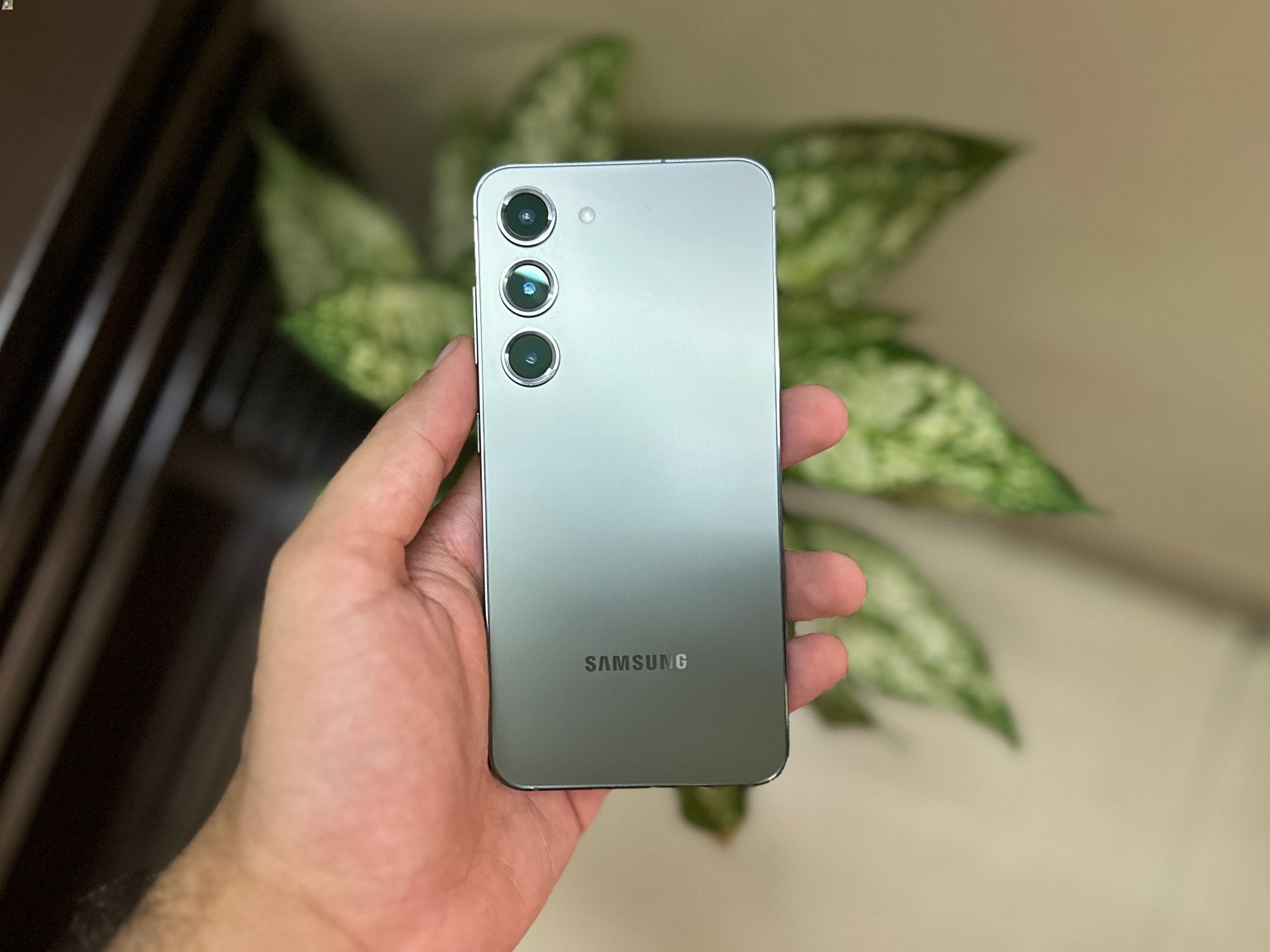
The Evolution of Small Phones
Small phones were once a staple in mobile technology's early days. As screens grew and bezels shrank, "small" lost its meaning. Recently, the market for truly compact Android phones has significantly shrunk. Today, anything under 6.2 inches is relatively small, often larger than predecessors from five years ago.
Despite this trend, several manufacturers still cater to those preferring smaller devices. These phones often feature unique design elements and compromises suitable for specific use cases.
Unihertz Jelly Star: The World's Smallest Android 13 Smartphone
Design and Features
The Unihertz Jelly Star stands out as one of the smallest Android phones, running on Android 13. Measuring about 3 inches in length, it features a transparent back panel for a distinctive look. The package includes a charge block and cable, a thoughtful touch given its compact size.
The minimalist design includes an elongated button for volume control. One side features a speaker and microphone, while the other houses the charge port, SIM port, and power button. A customizable red key currently functions as a flashlight, reminiscent of the "Nothing Phone" concept where lights play a significant role in notifications and interactions.
Performance and Gaming
Despite its small size, the Unihertz Jelly Star handles various tasks, including gaming. It supports GameCube, PSP, and Wii emulators, offering impressive performance for its compact nature. However, it has limitations like 3G networking and weak Wi-Fi.
Usability
Usability is crucial for any smartphone. Designed for one-handed use, the Unihertz Jelly Star caters to its intended audience. The transparent back panel adds aesthetic appeal. Including a screen protector and manuals in the box shows the manufacturer's attention to detail.
Other Small Android Phones
Unihertz Jelly 2
Another model from the same manufacturer, the Unihertz Jelly 2, offers a similar design with some upgrades. It features a slightly larger screen and improved performance compared to the Jelly Star. Available on various online marketplaces, it is easier for users to purchase.
Cubot KingKong MINI
The Cubot KingKong MINI boasts a 3-inch screen and rugged design, suitable for users needing a durable phone. Running on Android 11, it features a quad-core processor, providing decent performance for its size.
SOYES I14 Mini
The SOYES I14 Mini measures just 3.5 inches in length, featuring a 2.4-inch screen powered by a quad-core processor. Ideal for basic tasks like calling, texting, and browsing the internet, it includes a rear camera and supports 3G connectivity.
The Best Small Android Phones in 2024
Samsung Galaxy S24
The Samsung Galaxy S24 features a 6.1-inch screen, relatively small by modern standards. It packs the latest Snapdragon 8 Gen 3 processor, excellent cameras, and a robust update policy ensuring it stays up-to-date for years.
Asus Zenfone 10
The Asus Zenfone 10 measures just 5.9 inches in length with a 5.9-inch screen. Powered by the latest Qualcomm Snapdragon 8 Gen 2 processor, it offers exceptional performance and battery life. Superb cameras and a 3.5mm headphone jack make it a versatile option.
Google Pixel 8a
The Google Pixel 8a, though not considered "small" by modern standards, is still a compact device offering amazing specs at a reasonable price. Featuring a 6.1-inch screen and powered by the Google Tensor G2 processor, it is known for excellent cameras and software experience.
Factors to Consider When Choosing a Small Phone
Size
Size is the most obvious factor. Screen size is measured diagonally, so actual dimensions can vary. Phones with screen sizes of 6.1 inches and below were considered for this article.
Price and Value
More expensive phones are not always better, and small Android phones are not always cheaper. Many small Android phones are more expensive than budget alternatives but still represent good value for what you get.
Performance
All small phones on our list have flagship power, although some are older-generation models. This isn't necessarily bad, as many newer flagship processors struggle with heat issues. The Asus Zenfone 10, for example, packs a big battery and the latest Qualcomm Snapdragon 8 Gen 2 processor, providing both high performance and long battery life.
Cameras
Small Android phones tend to have fewer lenses, but that doesn't mean they aren't capable shooters. All picks above take great pictures, though you may have to sacrifice a telephoto lens.
Battery Life
Size constraints mean smaller Android phones generally have smaller battery capacities. However, all selected phones are capable of making it through a full day's use. The Asus Zenfone 10, in particular, boasts two-day battery life, impressive given its compact size.
Build Quality
Phones are only getting larger, so the more durable your phone is, the longer it will last. Premium materials like aluminum frames and Gorilla Glass Victus are what we look for in a small phone.
Software
Although all these phones run Android, each manufacturer’s version of Android differs, as does the number of years each phone will receive updates and support. Samsung's update policy, for example, promises seven years of Android updates for the Galaxy S24.
Final Thoughts
The market for small Android phones may have shrunk, but excellent options remain for those valuing portability and compactness. From the Unihertz Jelly Star to the Samsung Galaxy S24 and Asus Zenfone 10, each device offers unique features and compromises suitable for specific use cases.
When choosing a small phone, consider factors beyond size. Performance, camera quality, battery life, build quality, and software support all play crucial roles in determining which phone is right for you.
Larger screens may dominate the market, but small Android phones still have a place in today's tech landscape. Whether looking for a device that fits in your pocket or simply preferring the aesthetic appeal of a compact phone, plenty of options are available to suit your needs.
